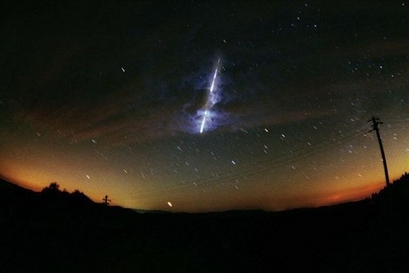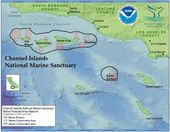
© AFP/NASA-HO/FileThis November 2000 NASA file image shows a meteor streaking across the sky during the Leonid meteor shower. Many of the primitive bodies wandering the asteroid belt between Mars and Jupiter are former comets, tossed out of orbit by a brutal ballet between the giant outer planets, say a team of astrophysicists.
Many of the primitive bodies wandering the asteroid belt between Mars and Jupiter are former comets, tossed out of orbit by a brutal ballet between the giant outer planets, say a team of astrophysicists.
A commonly accepted theory is that the asteroid belt is the rubble left over from a "proto-planetary disk," the dense ring of gas that surrounds a new-born star.
But the orbiting rocks have long been a source of deep curiosity. They are remarkably varied, ranging from mixtures of ice and rock to igneous rocks, which implies they have jumbled origins.
The answer to the mystery, according to a study published by the British journal
Nature on Wednesday, is that a "significant fraction" of the asteroid population in fact comprises ex-comets.
Famously described as "dirty snowballs" of ice and dust, comets are lonely, long-distance wanderers of the Solar System whose elliptical swing around the Sun can take decades.
Researchers in France and the United States ran a mathematical model of the development of the early Solar System, when the planets were accreting from clustering masses of dust and gas.



Comment: Regarding the claim that "the gravitational pulls of Jupiter and Saturn act as comet deflectors", let's see what Clube and Napier, British astronomers and writers of The Cosmic Serpent, have to say: